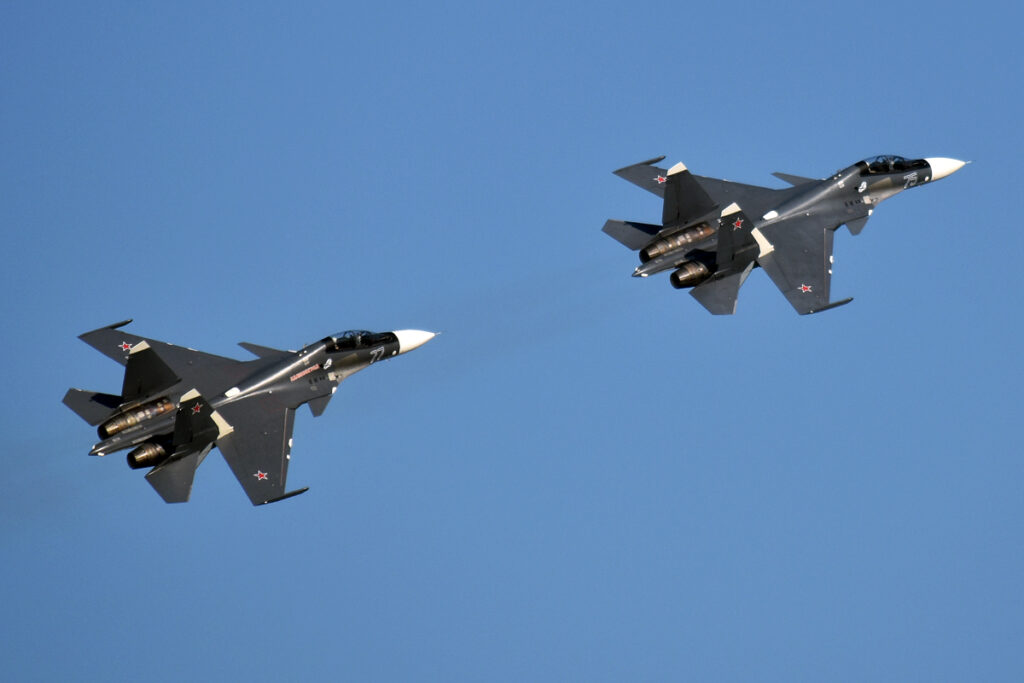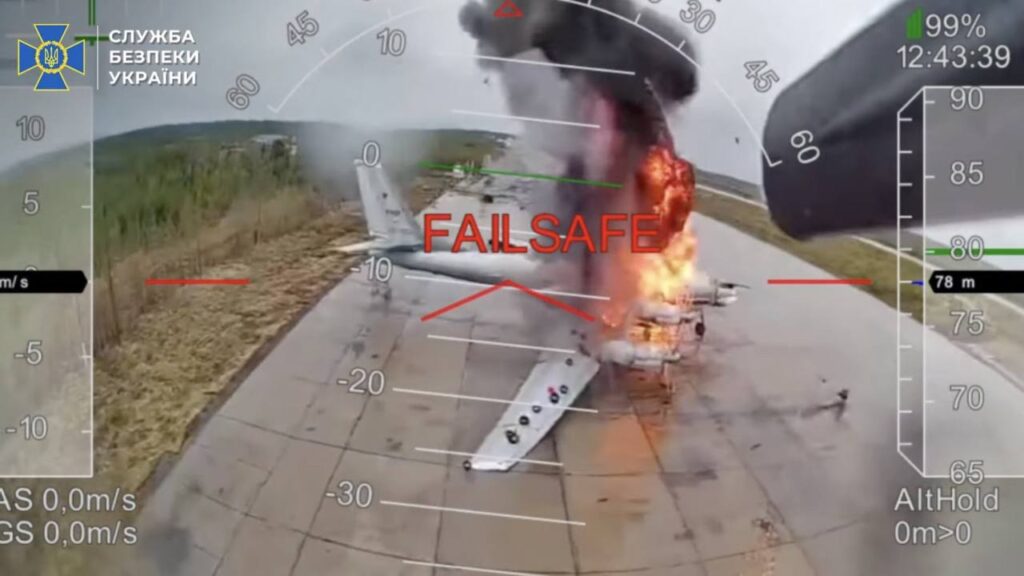Ukraine’s missiles could cut off the $ 9 billion Putin uses to pay soldiers

Escalating drone and missile strikes on Russia’s oil refineries have disrupted 17% of Russian refining. And it’s about to get worse for Russia’s battered oil industry as new, harder-hitting Ukrainian cruise missiles come on-line in greater numbers.
Ukrainian forces have struck 10 Russian refineries in recent days, reducing output by 1.1 million barrels per day, according to Reuters. Some Russian oblasts are also experiencing gasoline shortages and rising prices.
The oil industry accounts for 20% of Russia’s gross domestic product. If Ukraine can inflict lasting damage on the energy sector in Russia, everyday Russians are sure to notice. A souring national mood could “have an impact—and will maybe bring us a bit closer to an end of the war,” Finnish analyst Joni Askola said.
What’s most ominous for the Russians is that most if not all of the recent strikes have involved Ukrainian drone types, such as the Ukroboronprom An-196, that have small warheads weighing just 50 or 60 kg.
A 50-kg warhead delivered by a propeller-drive attack drone motoring along at just 400 km/hr isn’t likely to inflict lasting damage to a target as expansive as an oil refinery, Askola explained. Moreover, current Ukrainian attack drones rarely fly farther than 1,000 km—meaning many Russian refineries are beyond reach.
That’s changing. The new Flamingo cruise missile, from Ukrainian manufacturer Fire Point, ranges 3,000 km at a top speed faster than 900 km/hr with a massive 1,000-kg warhead. The new Long Neptune cruise missile from Ukraine’s Luch Design Bureau is probably just as fast but somewhat smaller, delivering a 150-kg warhead out to a distance of 1,000 km. Both jet-propelled missiles probably navigate with a combination of satellite and inertial guidance
The Flamingo and Long Neptune are in front-line service in limited numbers. Production is scaling up fast, however. Fire Point hopes to build as many as seven Flamingos a day starting in October, potentially signalling a vast expansion of Ukraine’s deep-strike campaign—and a lot more damage to Russian refineries.
“Flamingo has so much range and such a big warhead that that’s one of the important ones that could really make a difference,” Askola said. “But there is also the ground-to-ground version of the Neptune missile that is kind of ready now.” Ukrainian firms are also developing at least two new types of ballistic missile that could add to the destruction.
“If Ukraine can combine drones, ballistic missiles and cruise missiles on the same place when they’re striking, then it will be hard for Russia to shoot them down or to protect the places,” Askola said. “Hopefully Ukraine can develop as many systems as possible and then scale up on the best ones and hopefully get some results.”
Support our media in wartime your help fuels every story
Squeezing the oil economy
Kyiv’s goal should be to permanently throttle Russian refining, with knock-on effects on state revenues—and on gasoline prices. The Kremlin sustains high levels of military recruitment—up to 30,000 fresh troops a month—with generous enlistment bonuses as high as 400,000 rubles ($4,500). That’s as much as many Russians earn in four months.
“Until now, a big part of the population has benefited from the war because if someone from your family goes to fight for the war, you earn way more money,” Askola noted. But the bonuses are a drain on government finances, which are also under strain from Ukraine’s refinery raids. Some oblasts are already cutting back.
The combined effect of shrinking bonuses and rising gas prices could turn more Russians against the war. “Again, it’s something that’s not going to change anything in the short run,” Askola said. Russian Pres. Vladimir Putin “is not going to collapse tomorrow because people suddenly don’t like the war. But in the long run, it will still have an impact.”
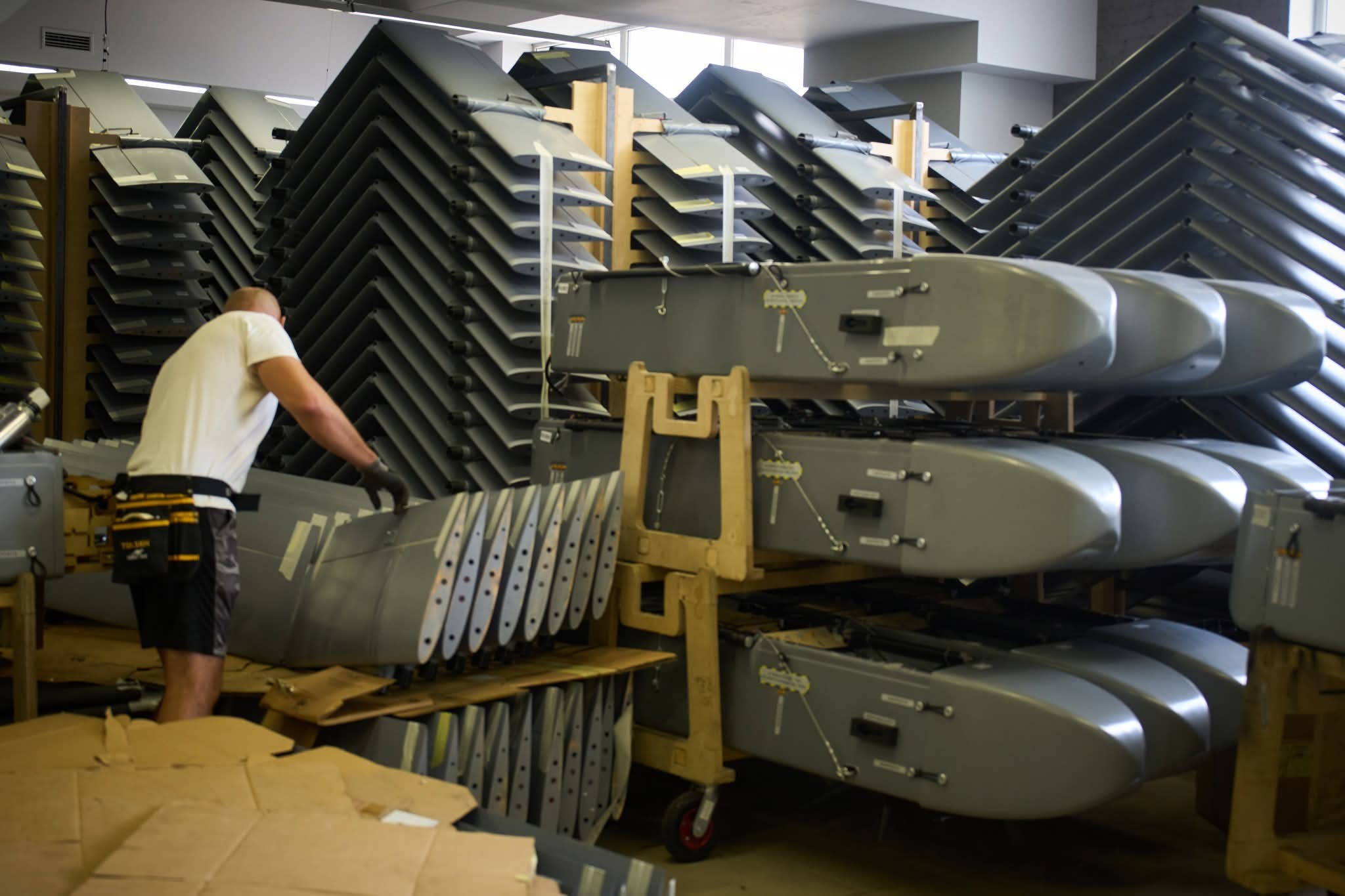
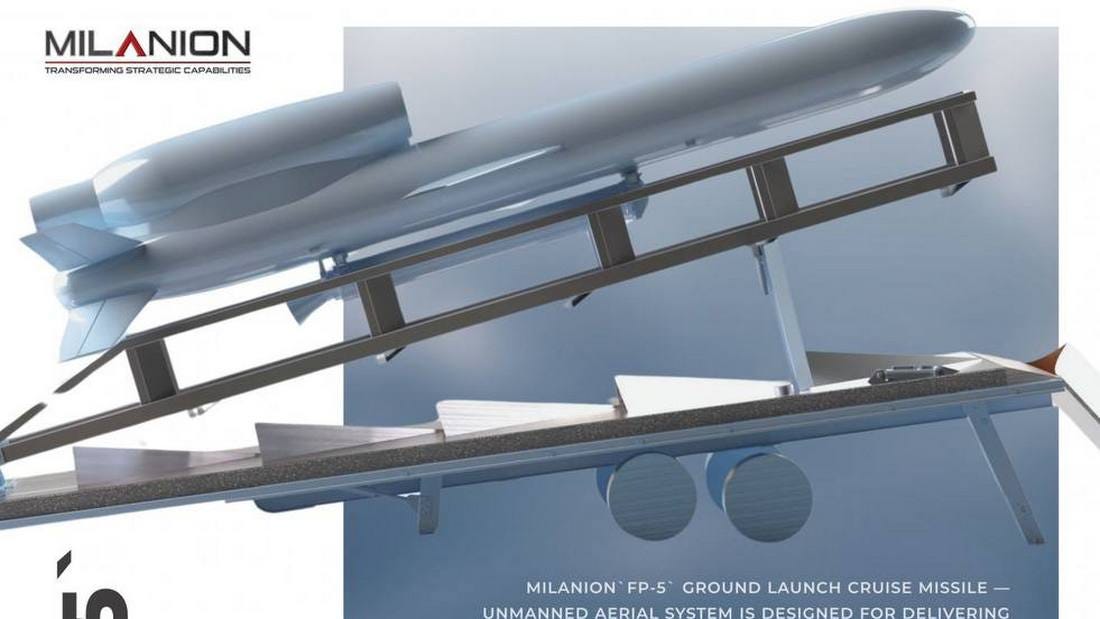
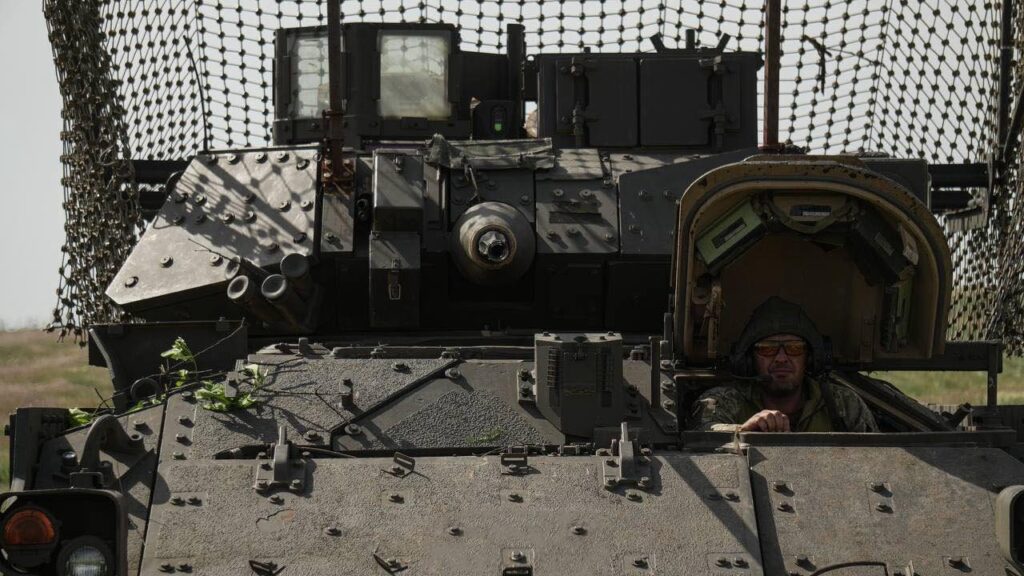
 Донеччина. Дорога під контролем — Bradley штурмового батальйону 225-го ОШП косять посадки, де сидить противник.
Донеччина. Дорога під контролем — Bradley штурмового батальйону 225-го ОШП косять посадки, де сидить противник. The road is under control — Bradley IFVs of the assault battalion of the 225th Assault Regiment are clearing out the tree lines where the russians are hiding.
The road is under control — Bradley IFVs of the assault battalion of the 225th Assault Regiment are clearing out the tree lines where the russians are hiding. 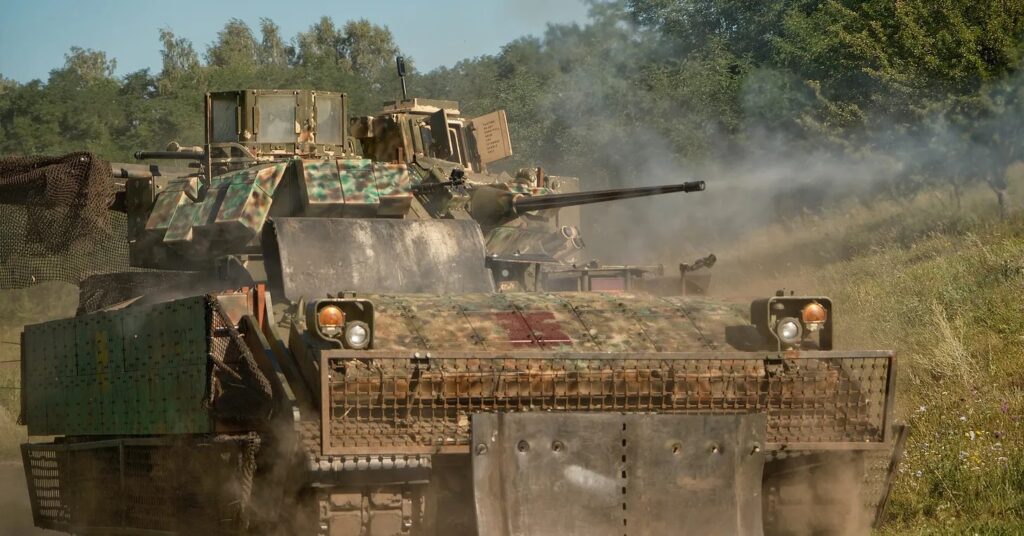


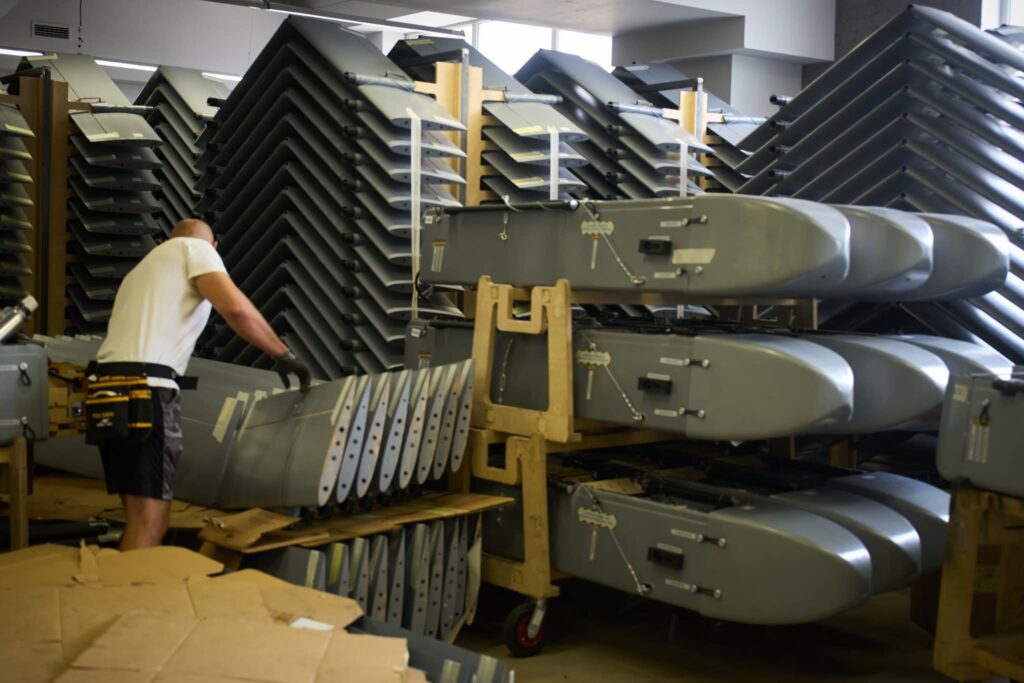
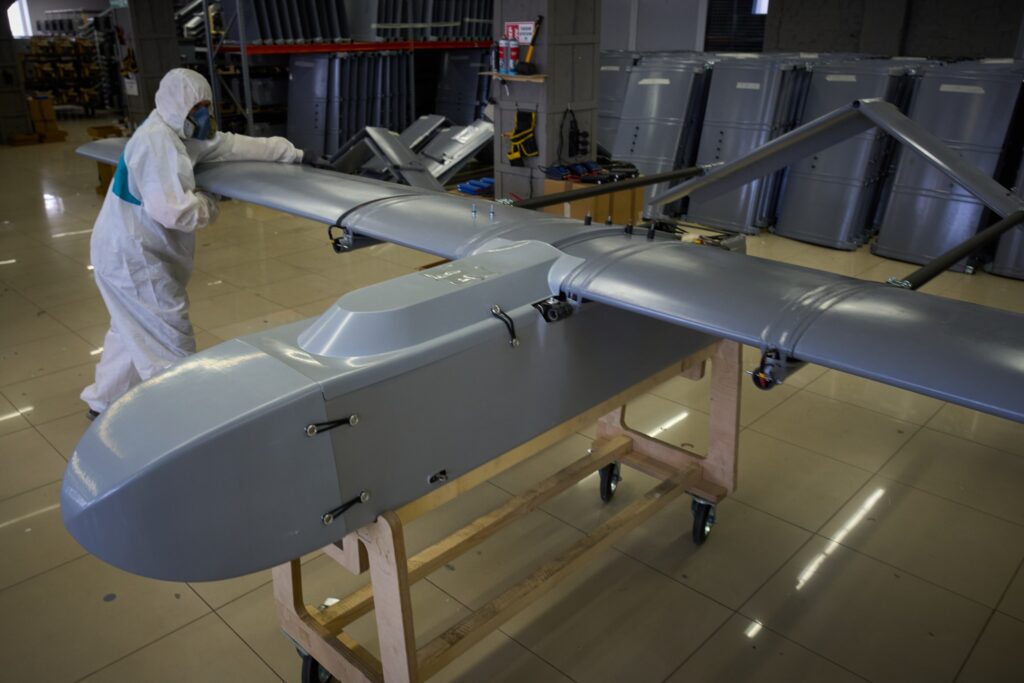
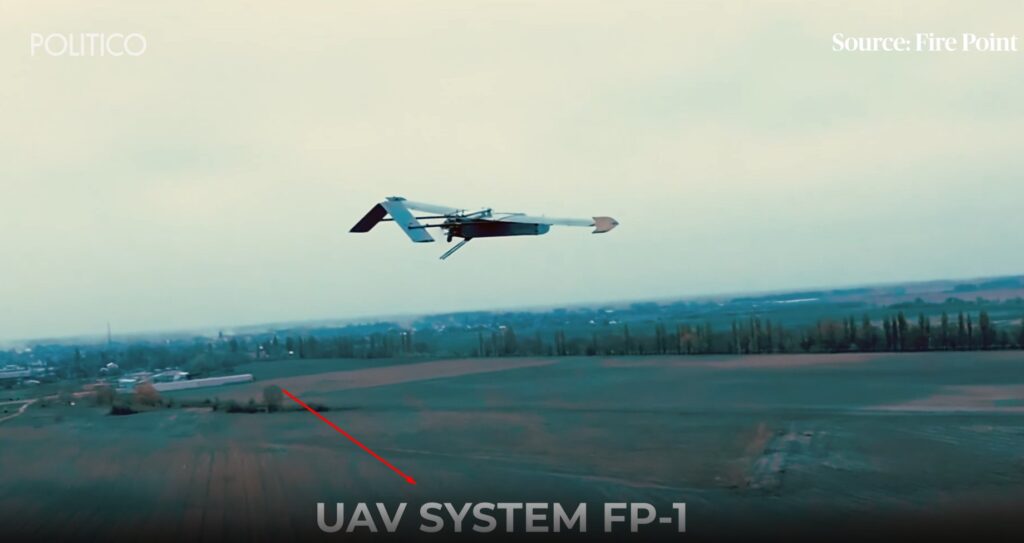


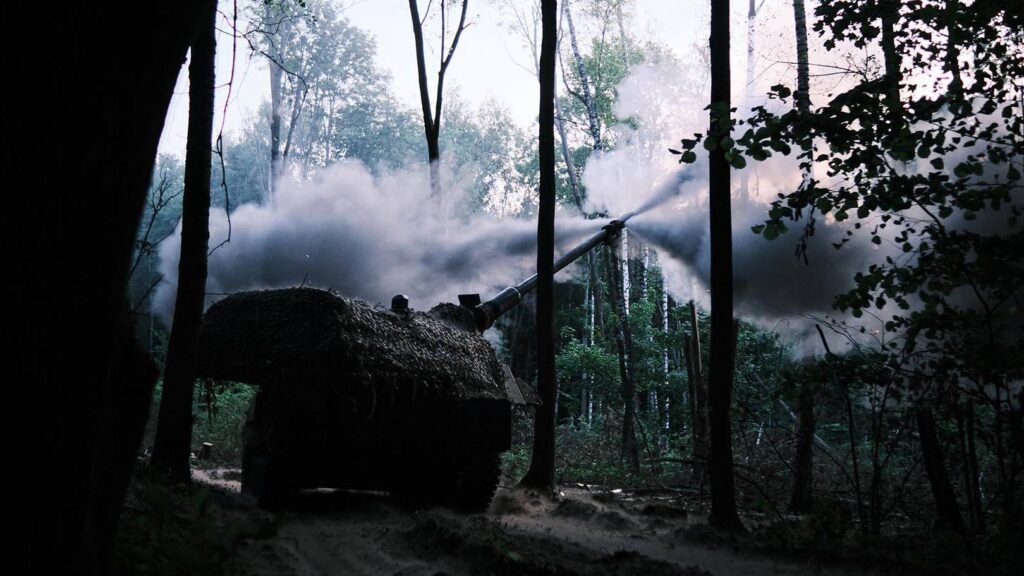
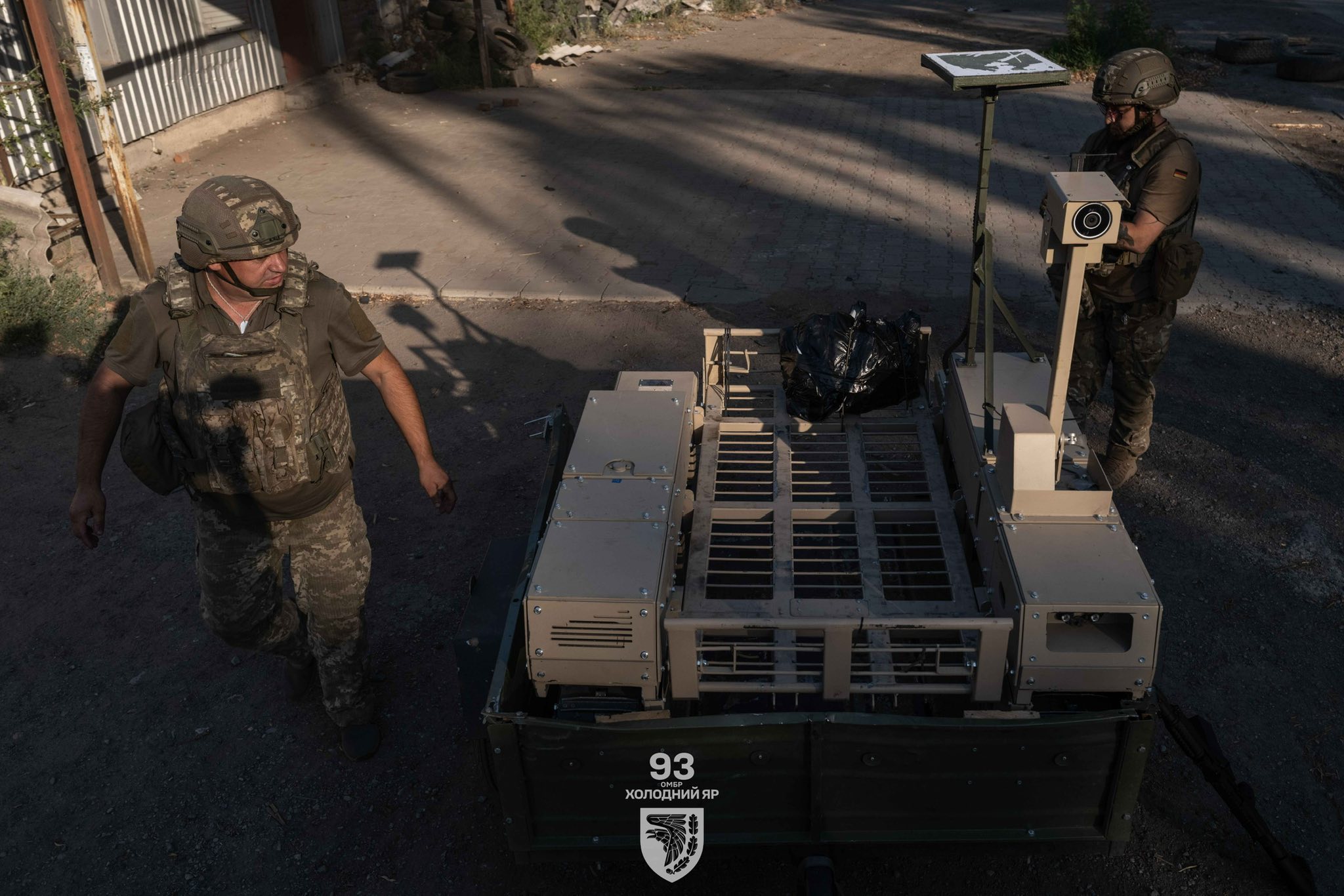
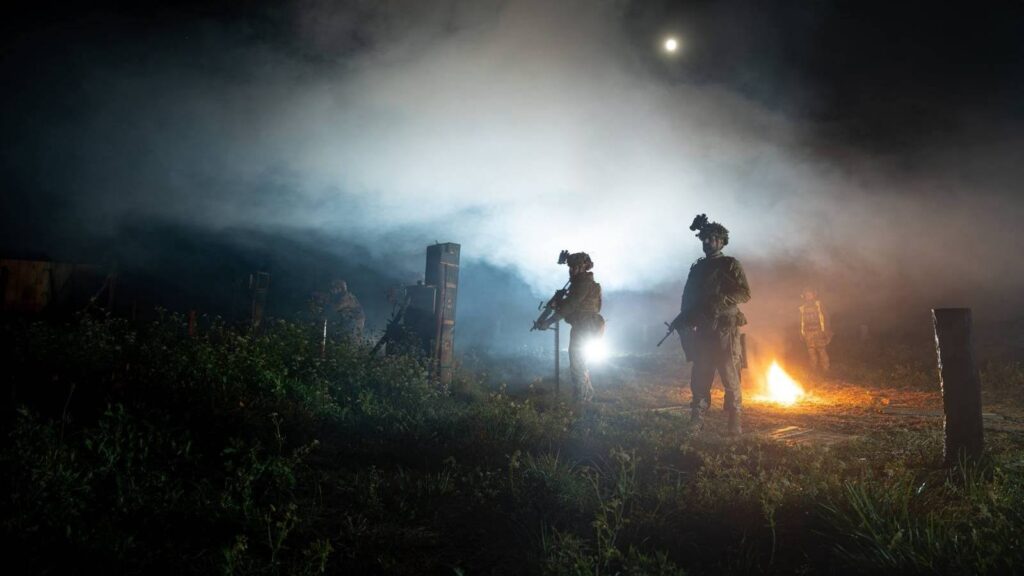
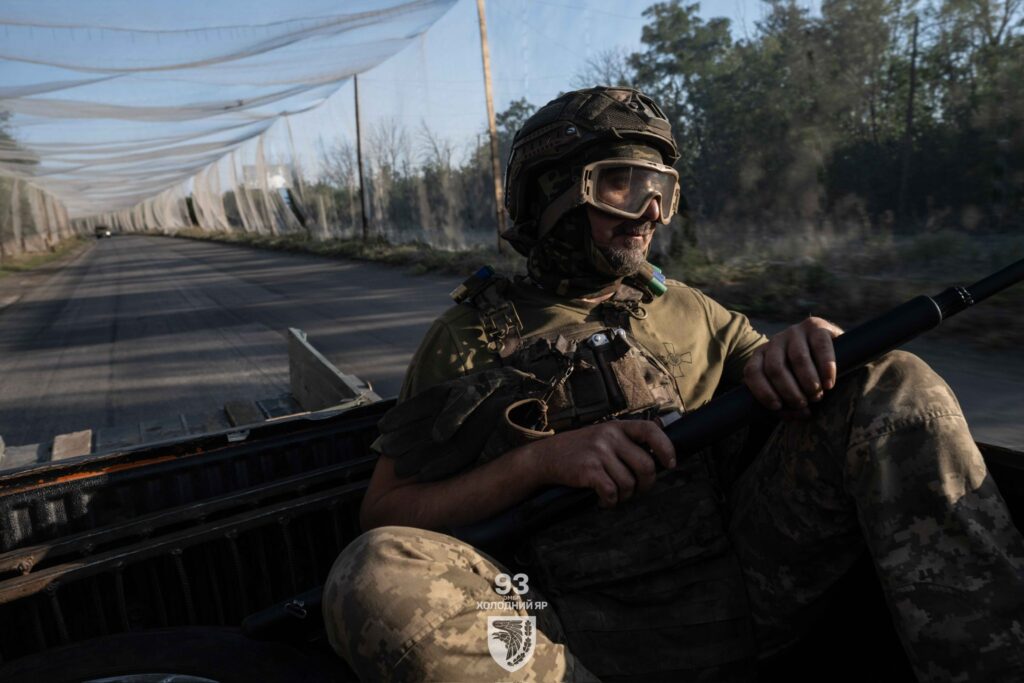
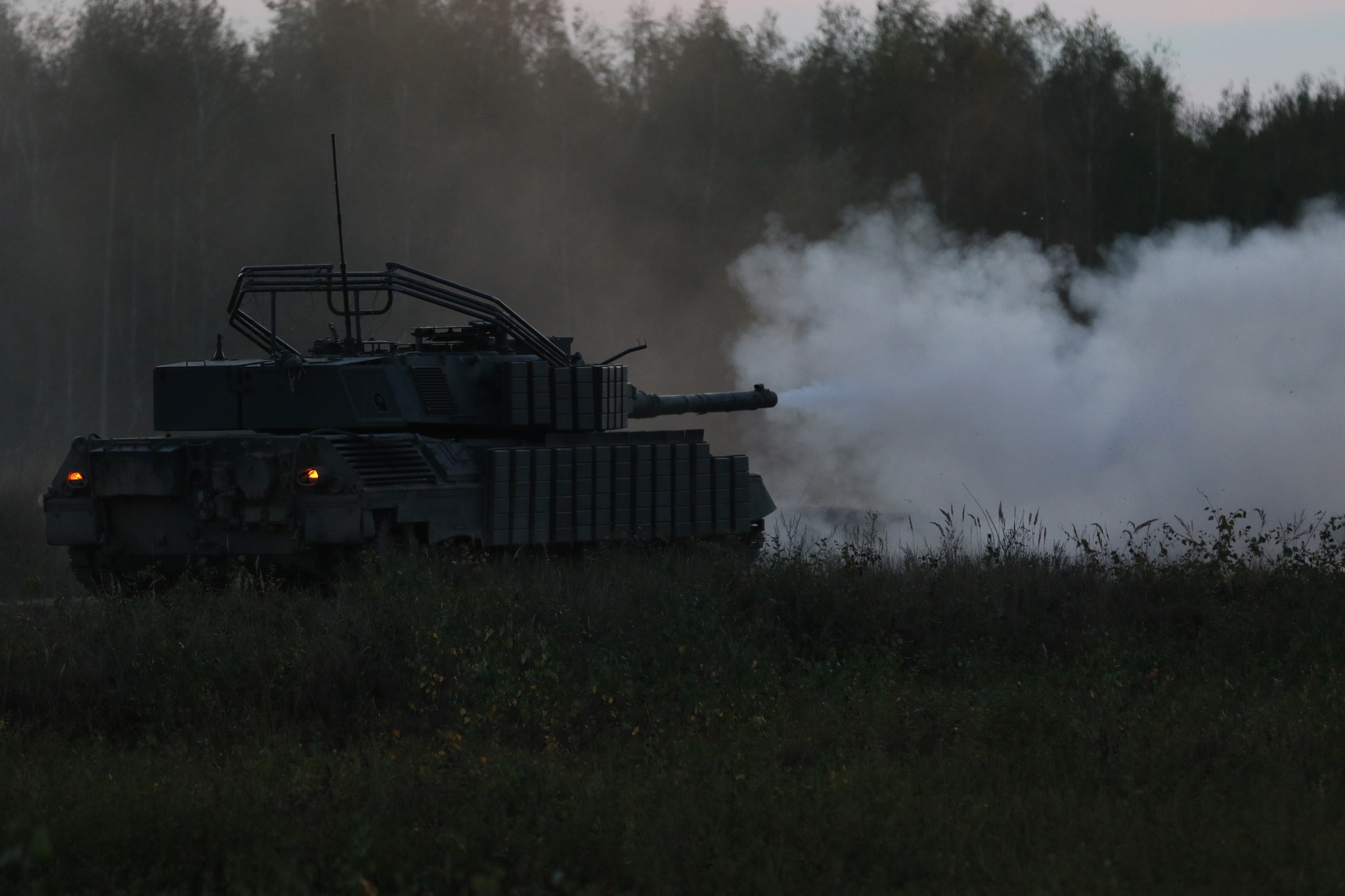
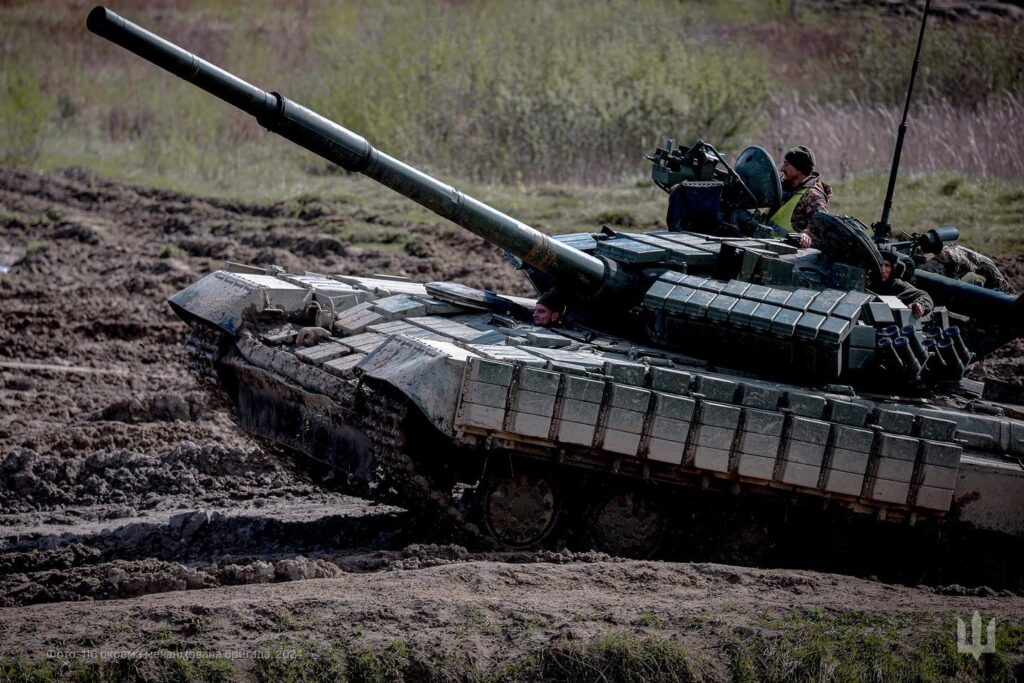
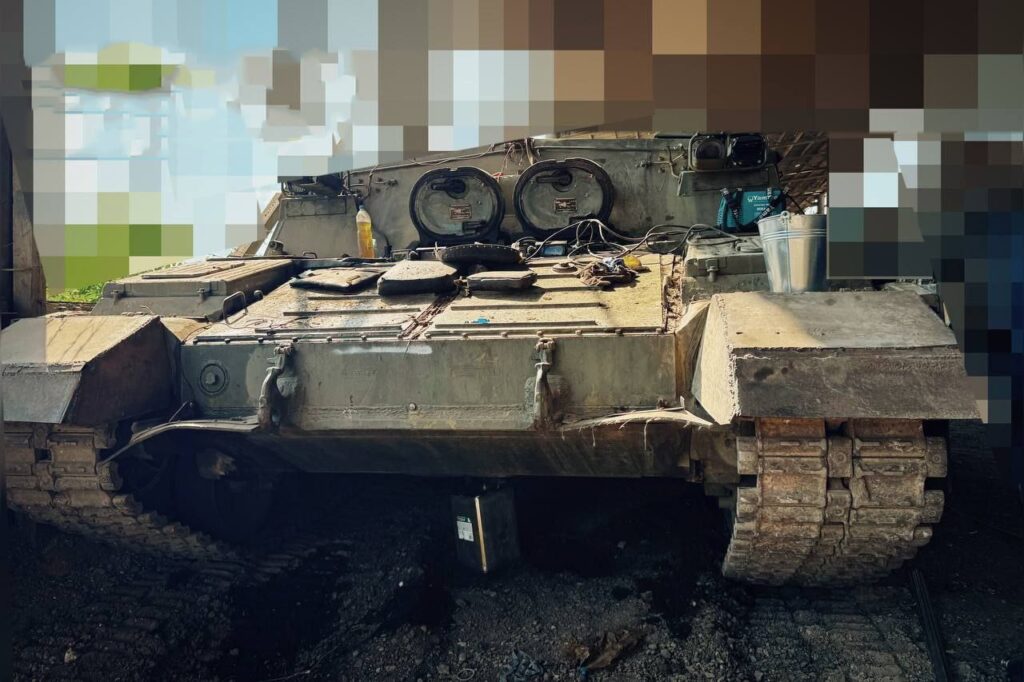


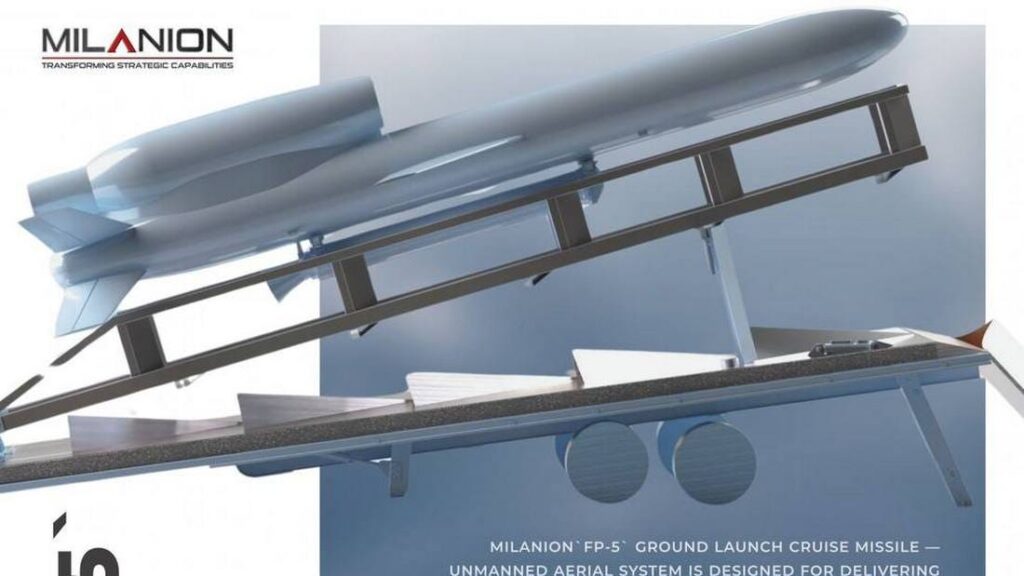
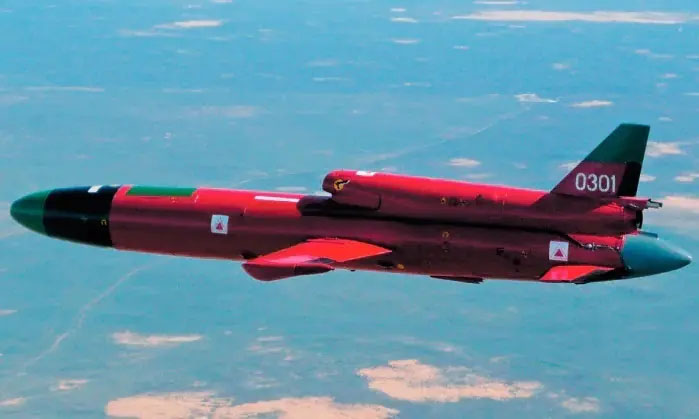
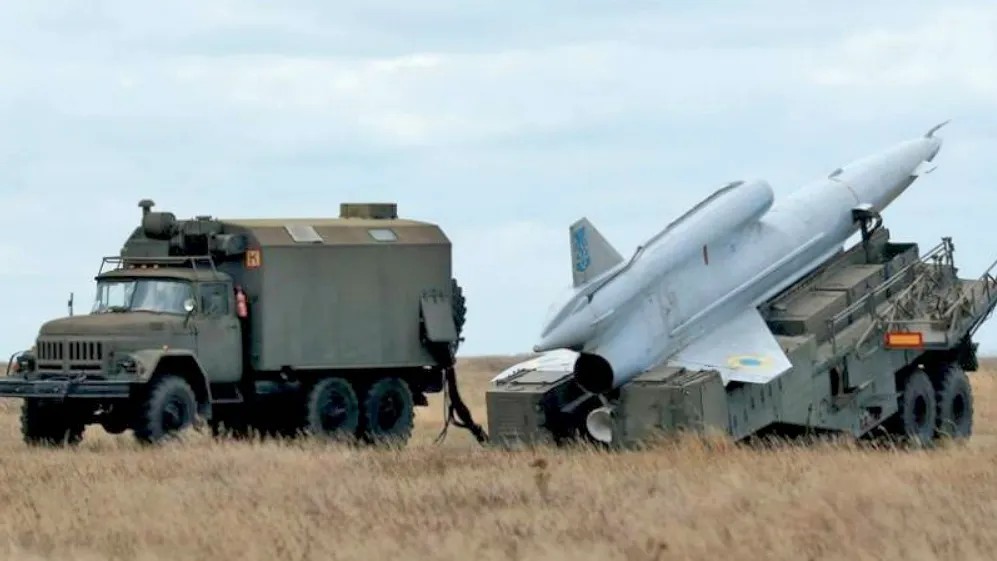



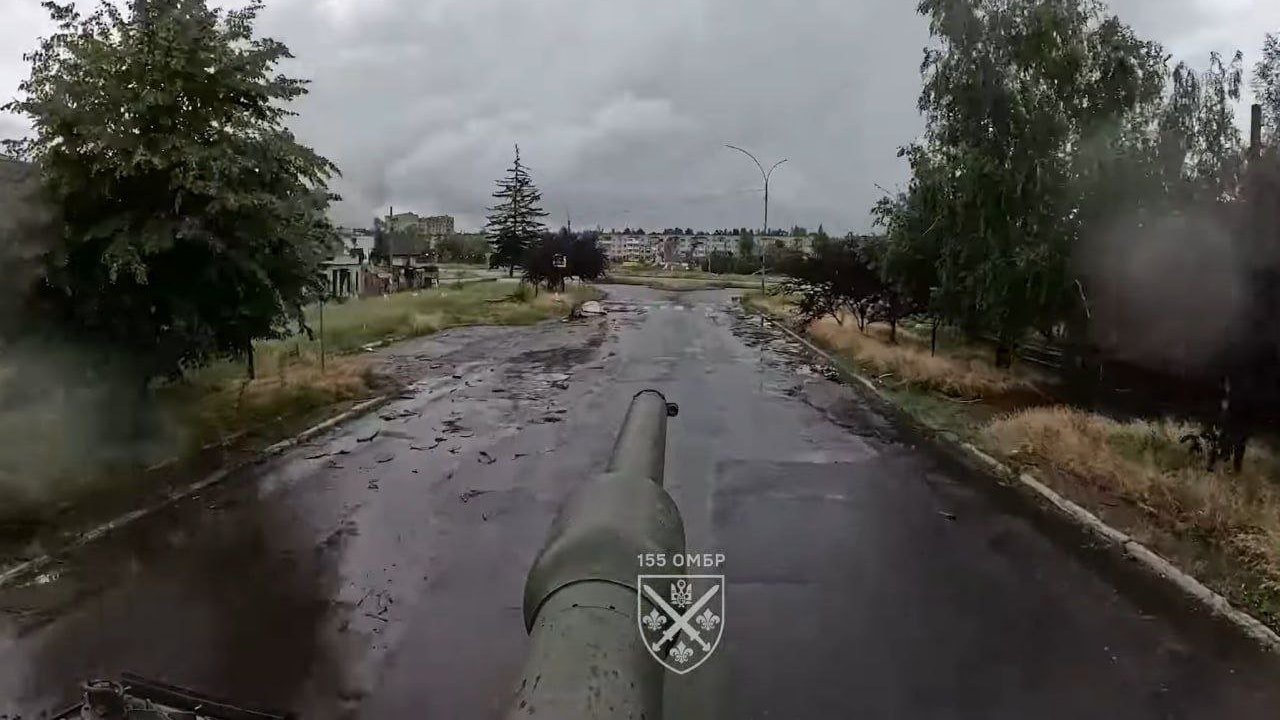
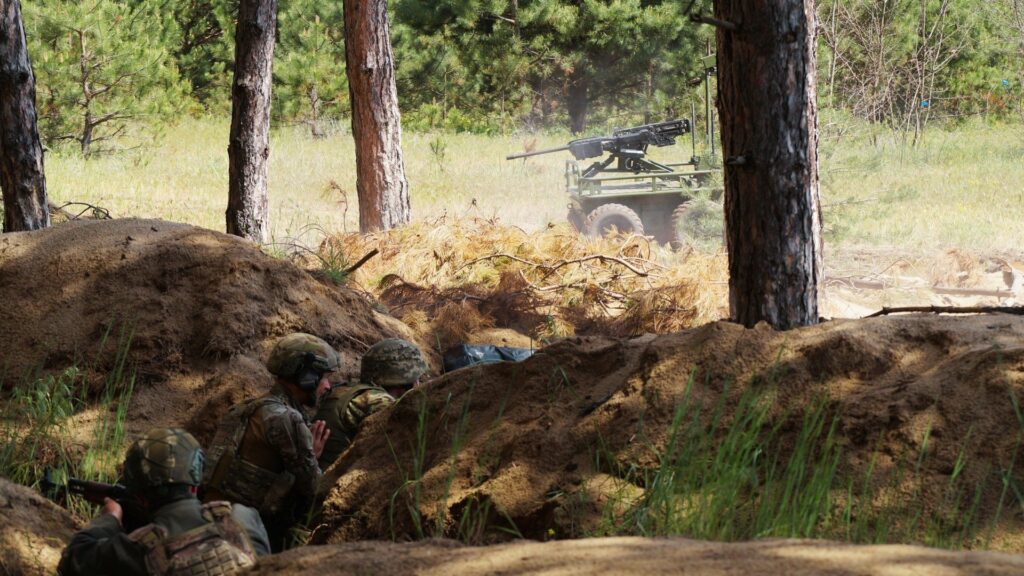
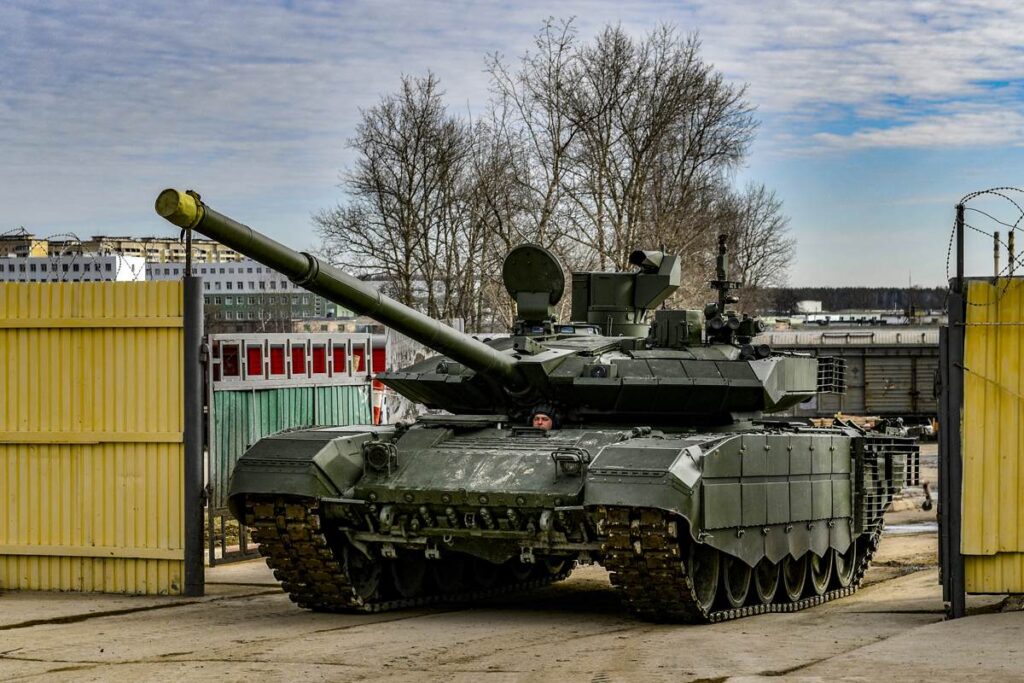


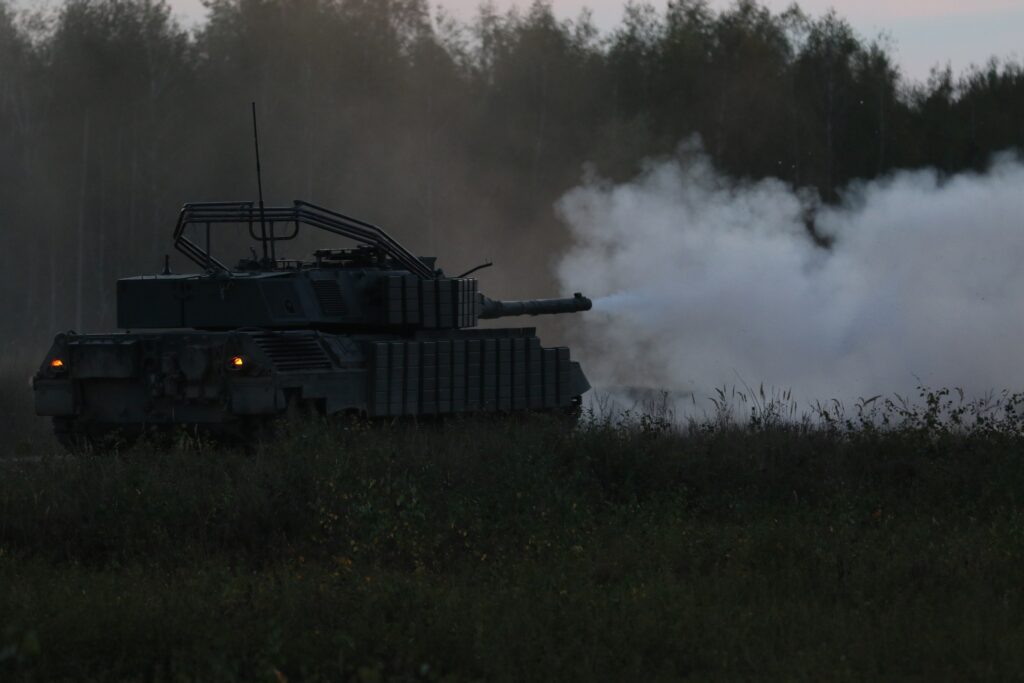



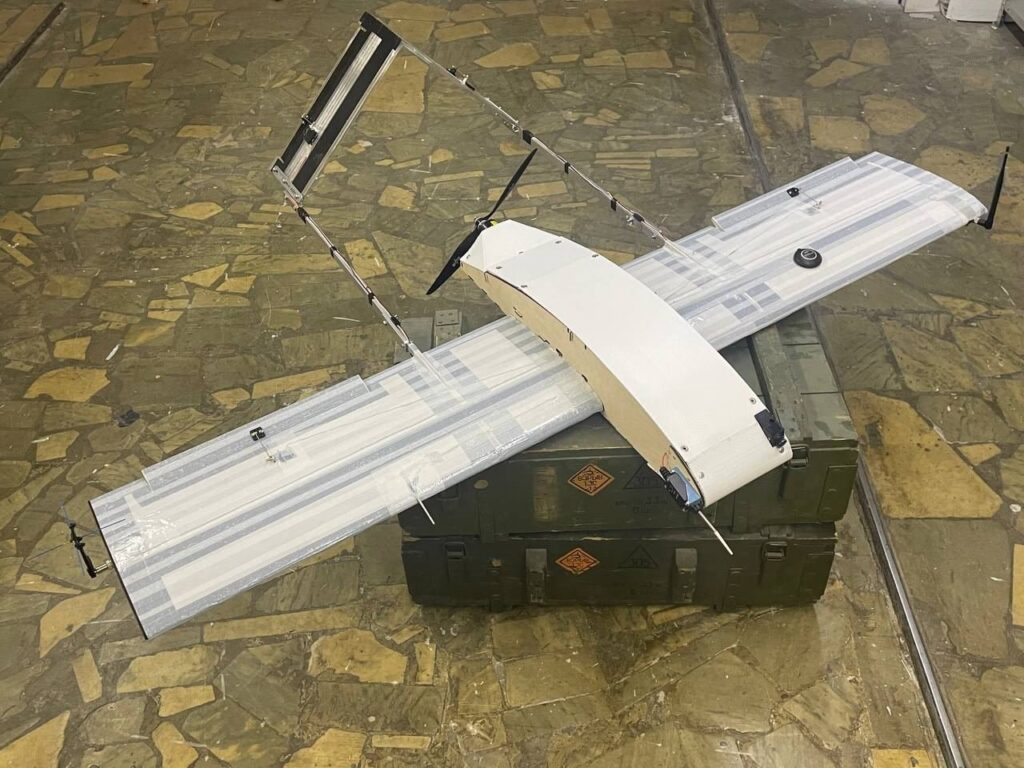
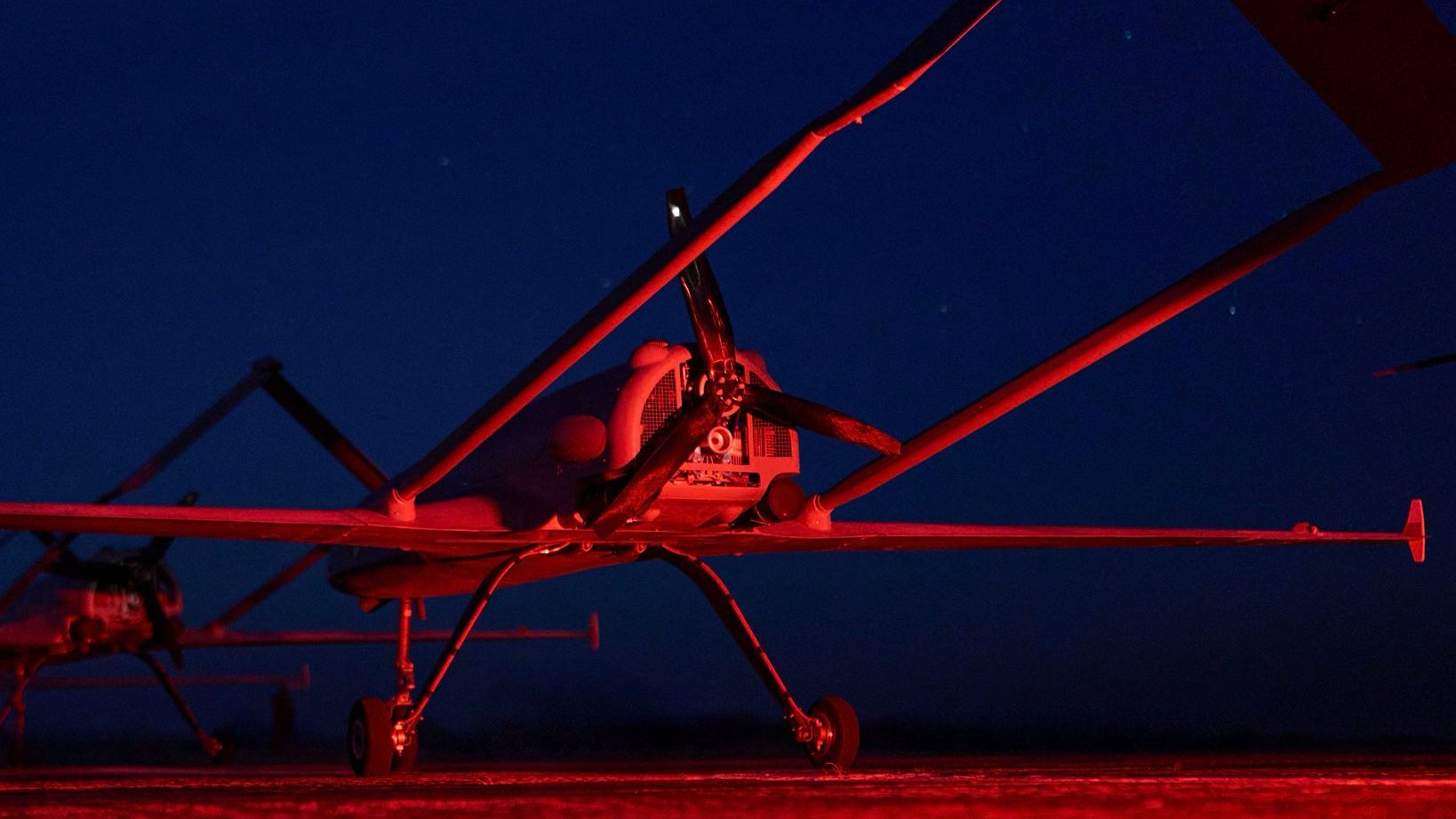

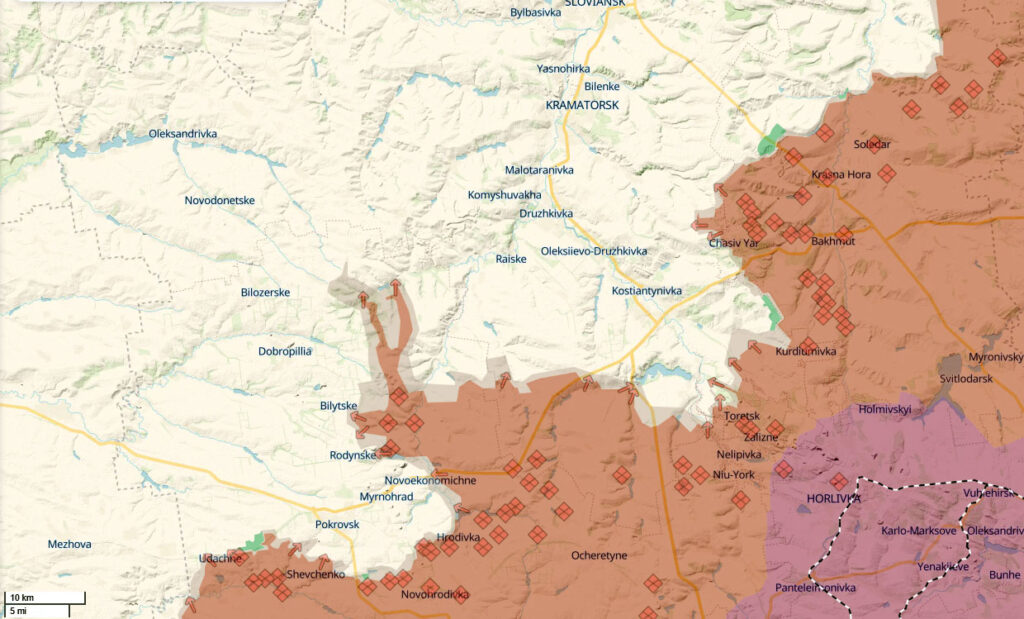


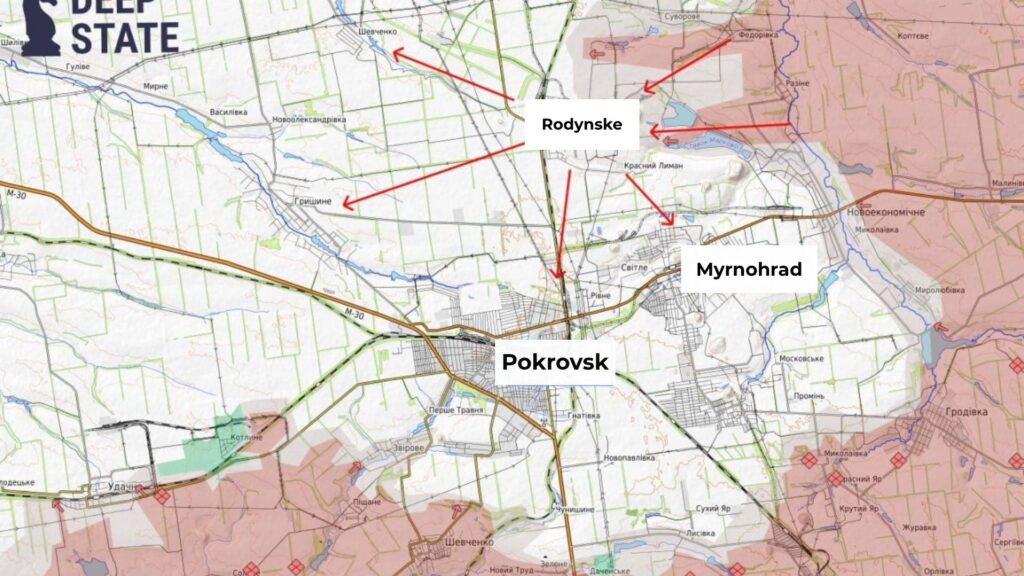

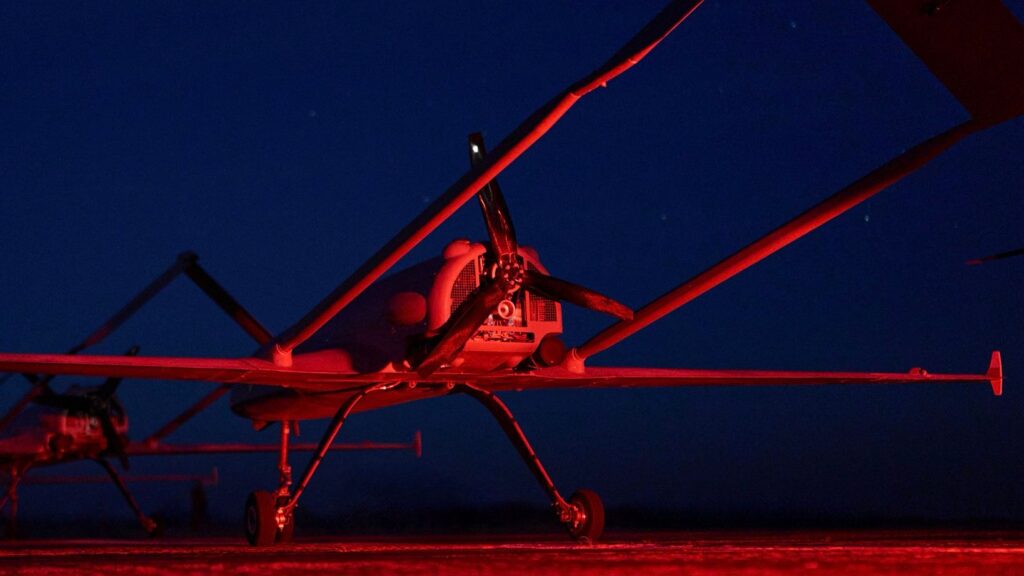

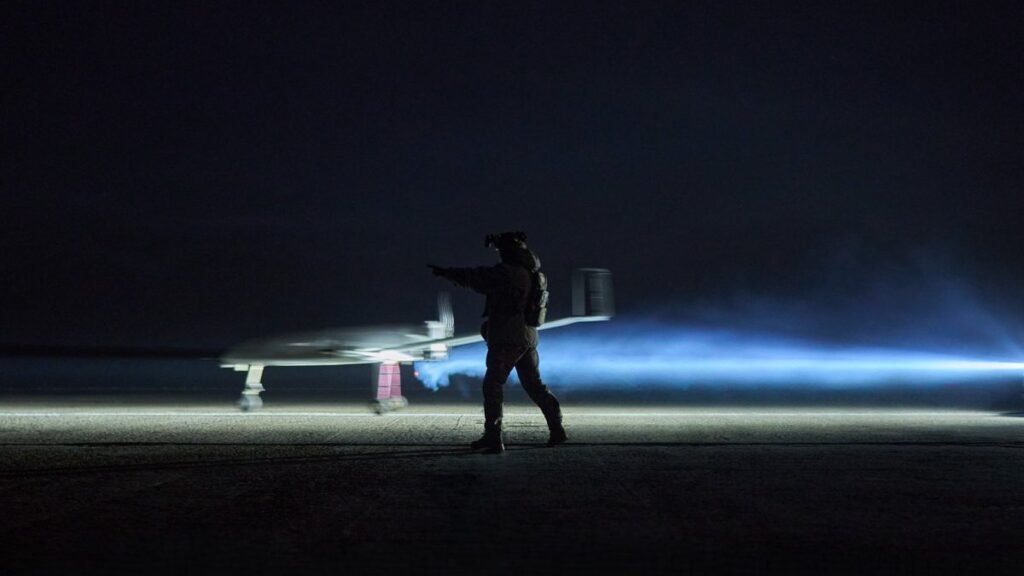
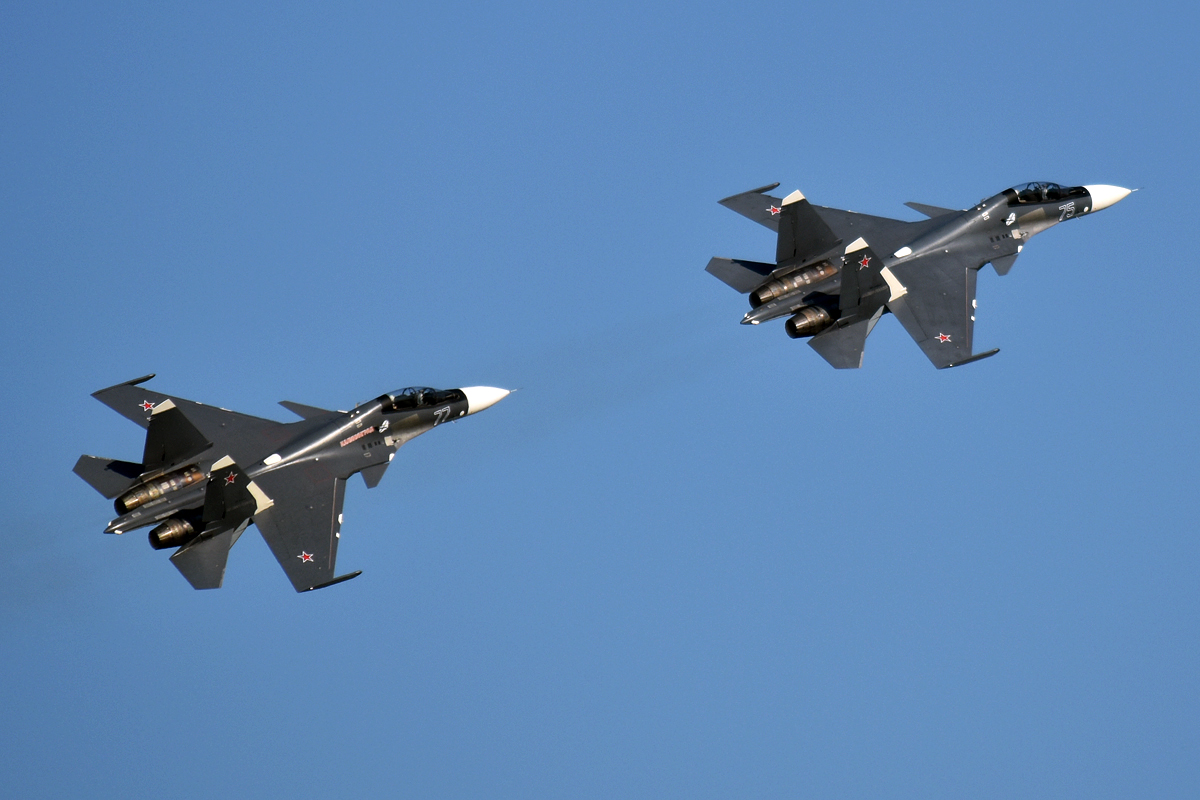
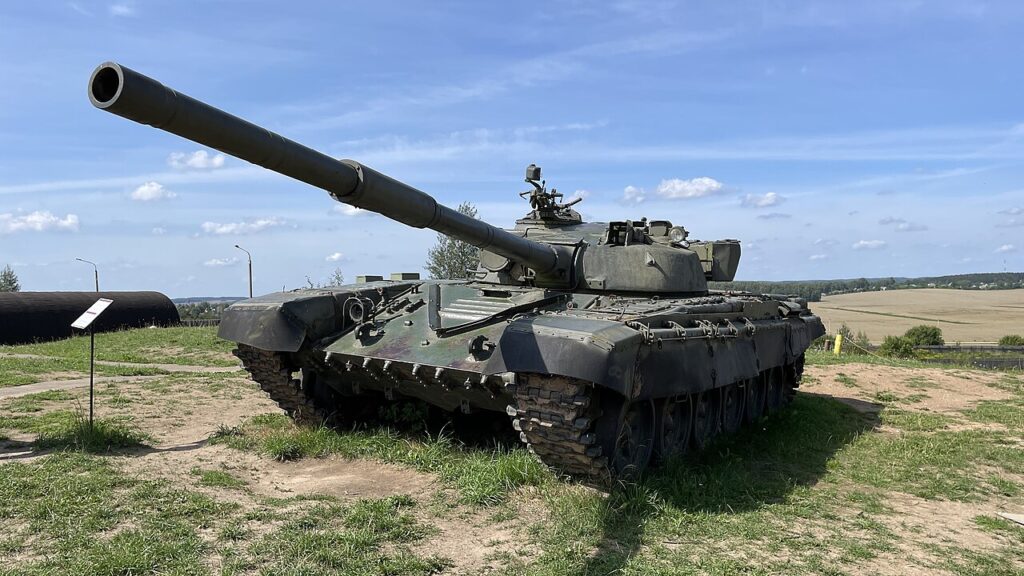
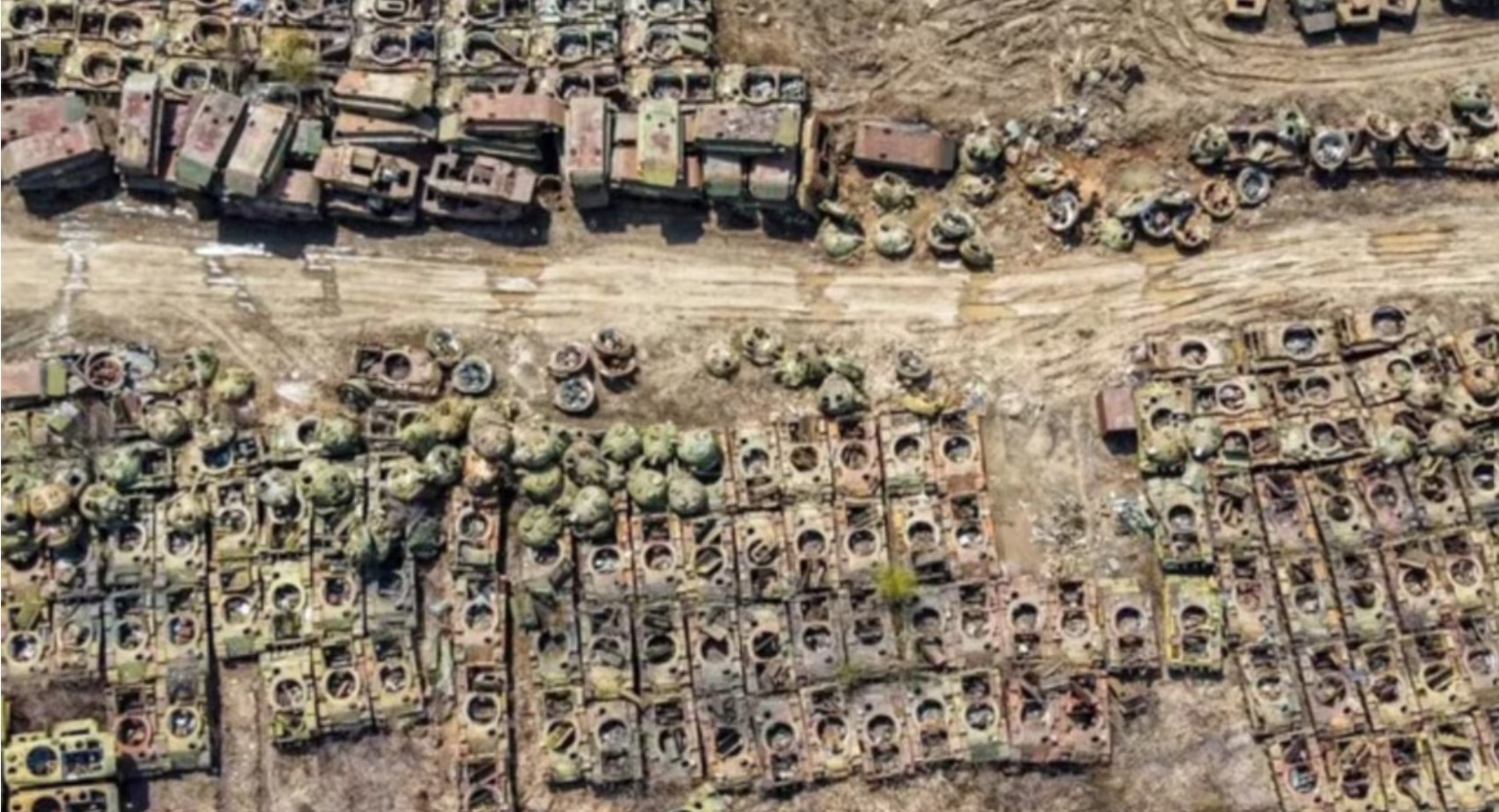

 Satellite images of
Satellite images of  Vorkuta Airfield as of August 2, 06:58 UTC
Vorkuta Airfield as of August 2, 06:58 UTC